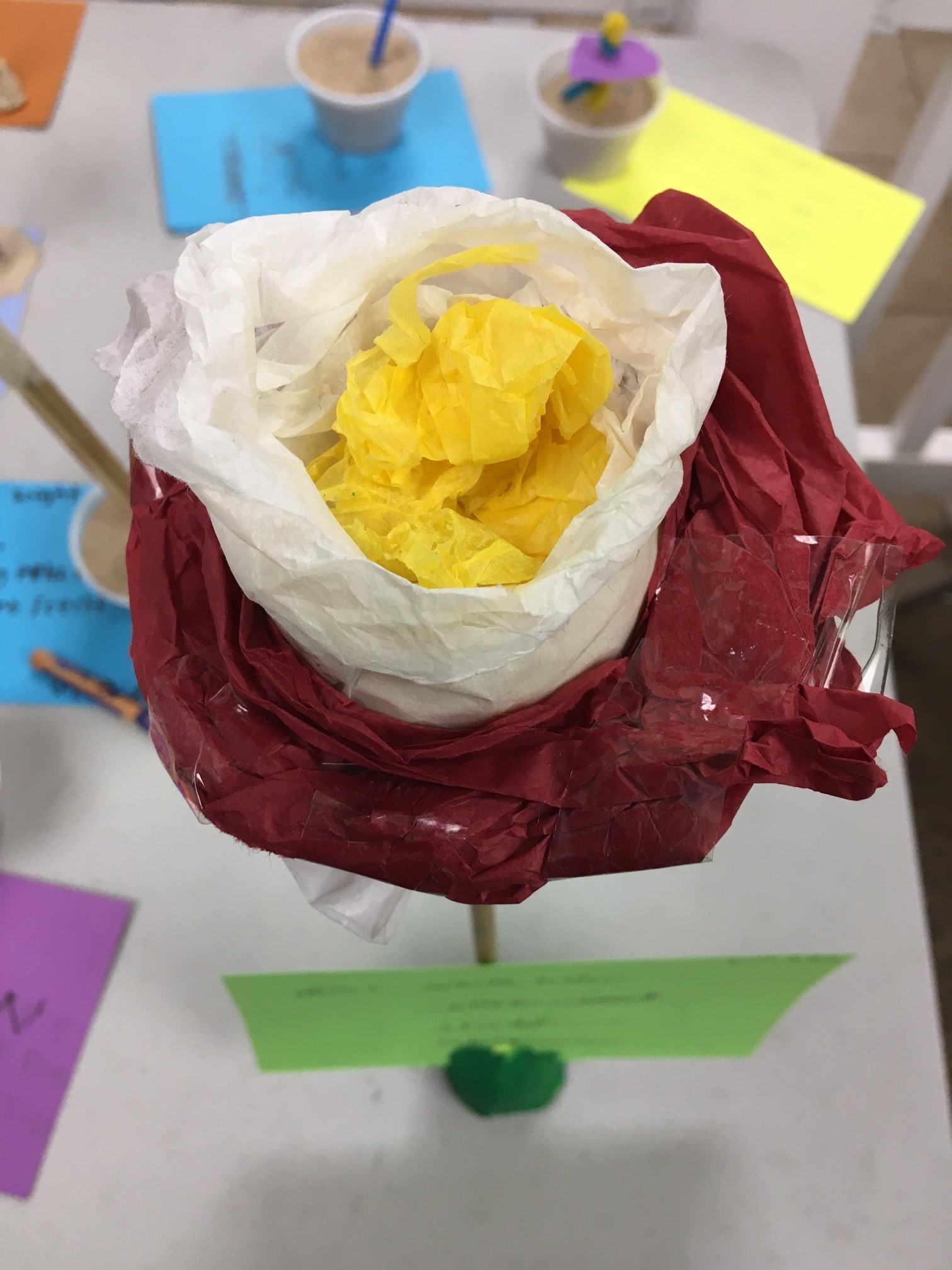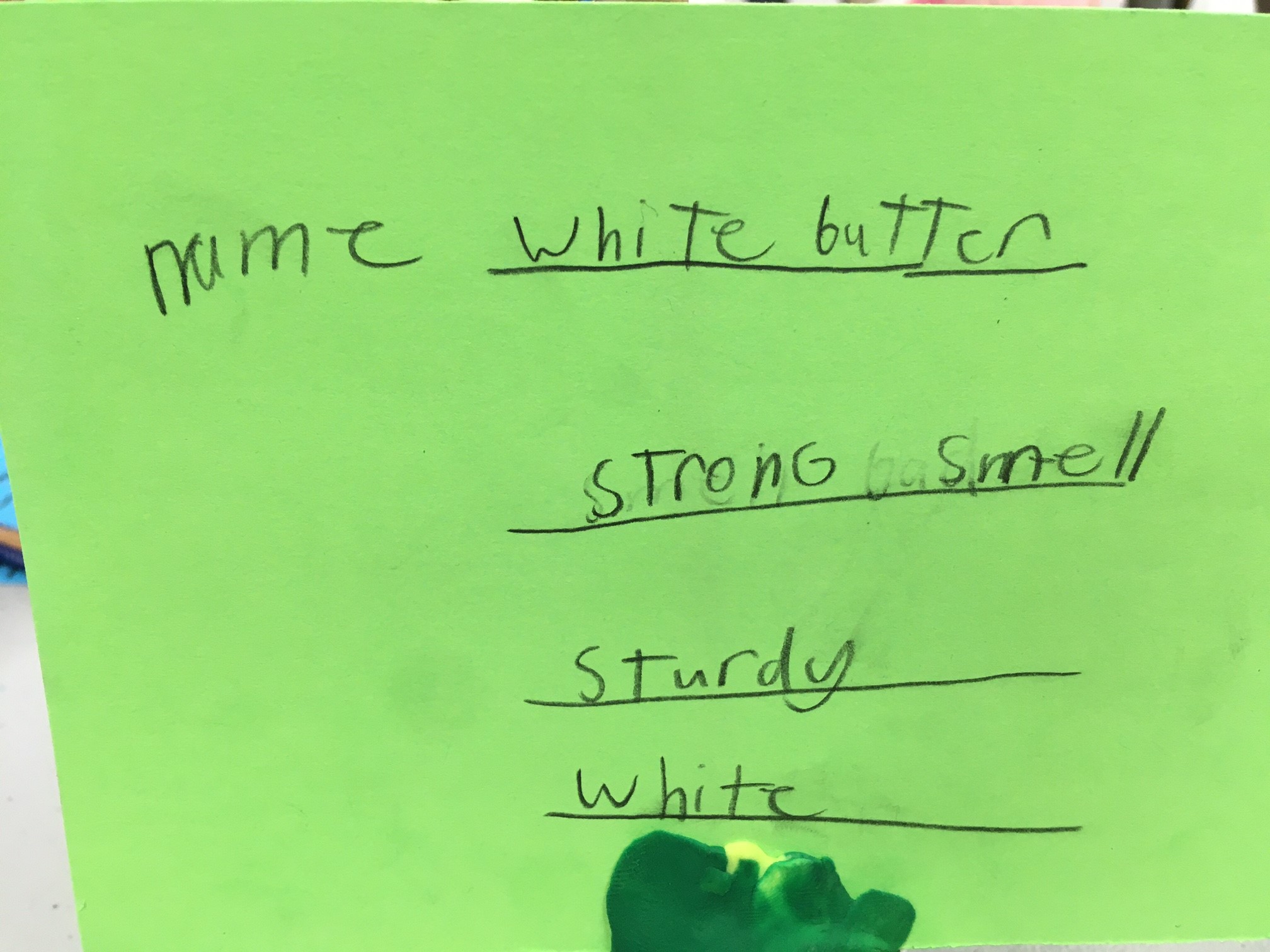Enhancing STEM through art
Alcona teachers come together to strengthen STEM place-based education through art.

Michigan State University Extension, in partnership with the Northeast Michigan Great Lakes Stewardship Initiative (NEMIGLSI), supports place-based stewardship education across northeast Michigan. Through place-based education, youth discover ways to address issues and opportunities in and with their community.
As part of the partnership, Alcona art and STEM (science, technology, engineering and math) teachers worked together to strengthen STEM place-based education. Have you ever wondered how art projects can enhance science in school? Many art projects require youth to explore their world. For example, art projects often ask participants to:
- Make detailed observations (science).
- Consider how things work together (engineering).
- Explore how to scale up or down an object (mathematics).
- Explore materials used in different geographic locations (science).
- Explore how colors impact our environment (science).

In this science-art collaboration, students learned about plants, pollinators, how they work together, and their value to people and our community. During their studies, students discovered and applied these ideas to designing flowering plants in art:
- Not all plants have the same stem strength, thus are more fragile and would be knocked over by a large pollinator.
- Flowers have a variety of colors and color patterns.
- Some flowers produce nectar.
- Some flowers produce a scent.

The flowering plants from the science-art collaboration were displayed in the school for all youth and their families to learn more about the relationship between pollinators and flowering plants.
The art science collaboration is only one lesson in a series that is part of a larger place-based education project with the goal of a student-led project to restore a section of school forest. Students are working with community partners removing invasive species and planting native plants. They are also studying matter and energy cycles, biodiversity and plant identification, in order to make decisions for this project.
Science engages youth in exploring and explaining their world, the backyard, a pond, outerspace or a pet dog. The MSU Extension science team’s goal is to increase science literacy across Michigan. One way we increase interest in science is to provide information and ideas for engaging youth in the exploration of their world.
Adults can help youth increase their science literacy by encouraging them to ask questions and discover answers. It’s not about being right or wrong. Working through questions to discover answers develops a curiosity for lifelong learning. A scientist is an explorer, always on the hunt for the why and how. You can help youth become lifelong learners as they explore their world.
For more ways to encourage youth to become lifelong learners exploring their world, visit MSU Extension 4-H’s Teaching Science When You Don’t Know Diddly-squat series, a series of free activities designed to encourage the joy of discovery by asking questions and discovering answers.



 Print
Print Email
Email





